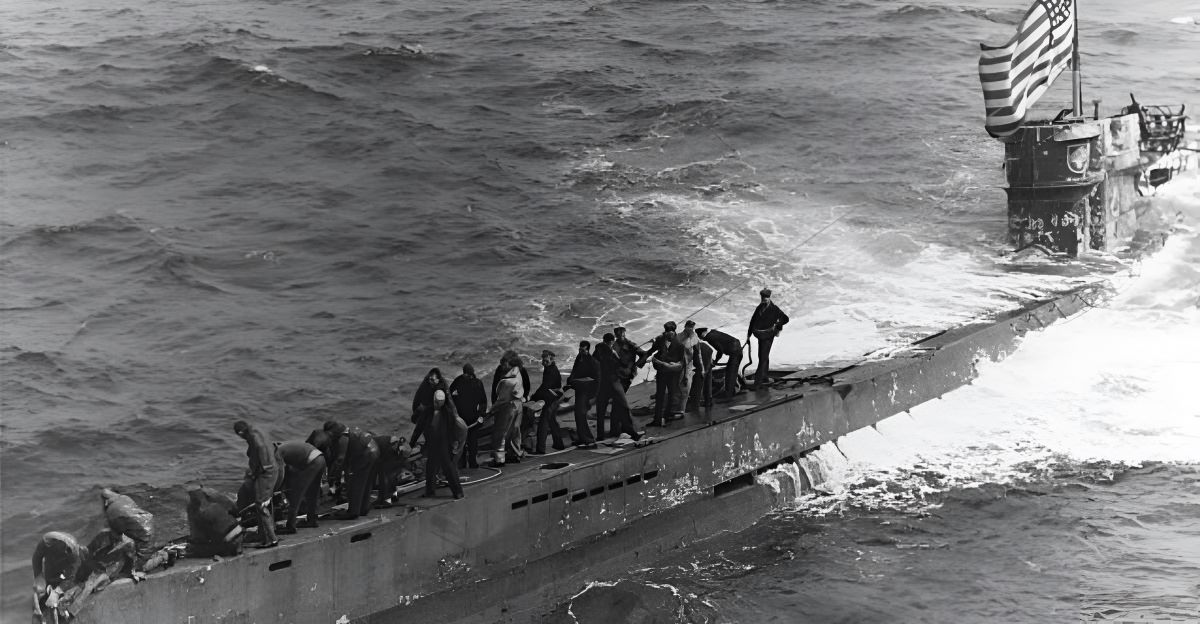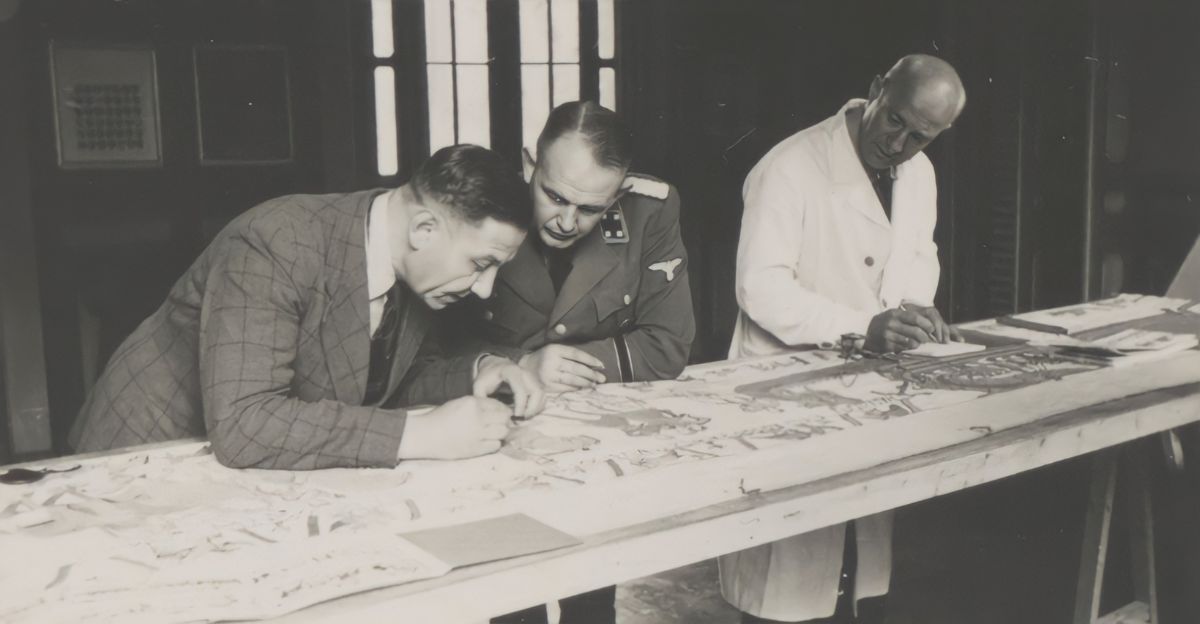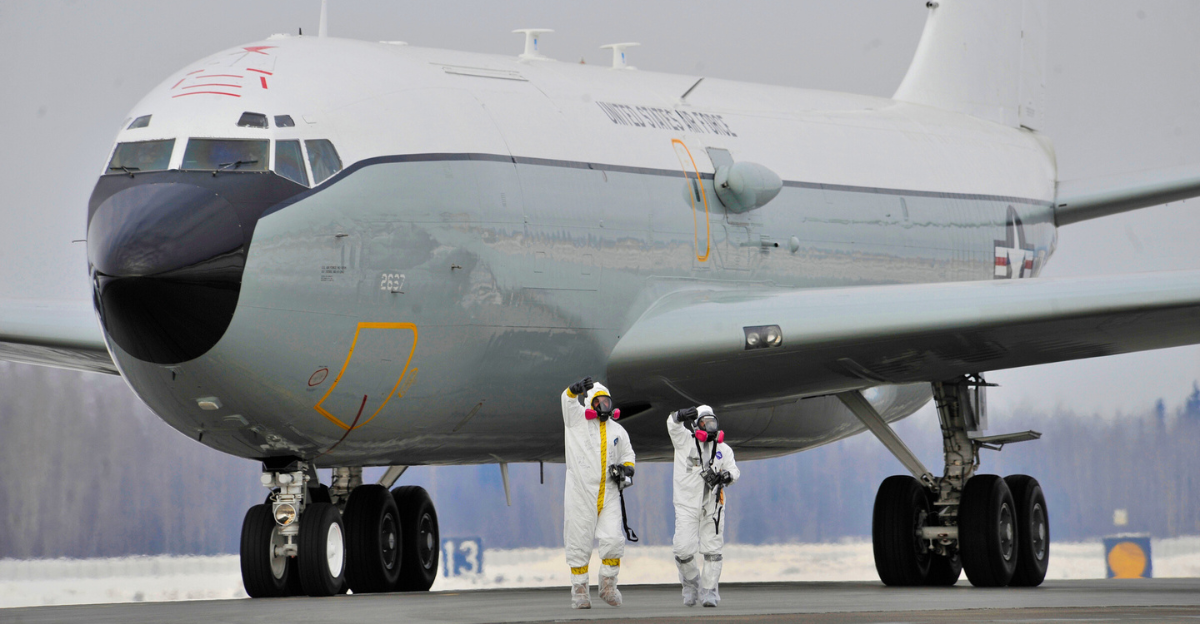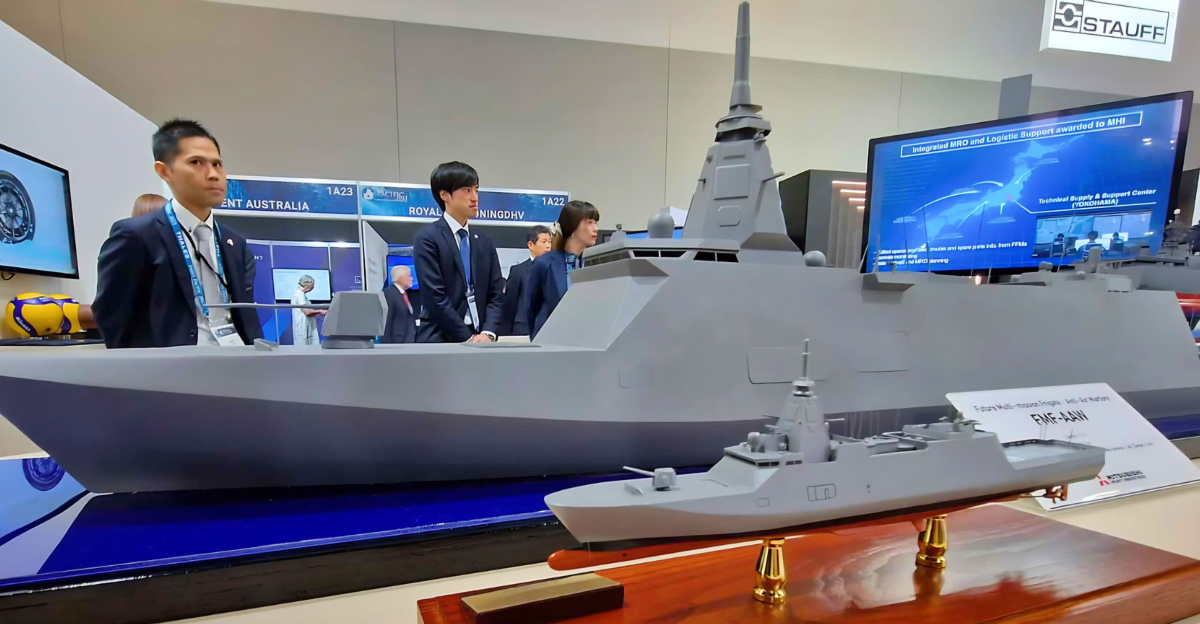
After nearly 200 years, the Pentagon has made a historic decision: It will put a Marine Corps officer in charge of the Navy’s famous academy in Annapolis.
Defense Secretary Pete Hegseth named Lt. Gen. Michael J. Borgschulte, a 1991 graduate and helicopter pilot, to replace Vice Adm. Yvette Davids. While the nomination still needs Senate approval, many cadets are already talking about what a Marine in charge might mean for school traditions.
Why It Matters

According to Stars and Stripes, several high-ranking admirals have been moved or replaced since January, showcasing the willingness to shake up authority within the Navy.
Supporters of the shake-up urge that fresh voices be heard to face threats from China and Russia. However, many fear too much change too fast. Whatever the view, putting a Marine in the academy’s top seat is the clearest signal yet that old boundaries between the two services are fading.
Long Tradition

When the Naval Academy opened in 1845, there were just 50 students. A long-honored tradition is every superintendent wearing Navy blue. However, Marines have always played a role behind the scenes: according to academy figures, roughly one-quarter of each graduating class now joins the Corps.
Summer “Leatherneck” training at Marine Corps Base Quantico is a rite of passage for those who want the Eagle, Globe, and Anchor. Borgschulte once followed that same path as a student and later returned as an instructor pilot.
Path to the Marines
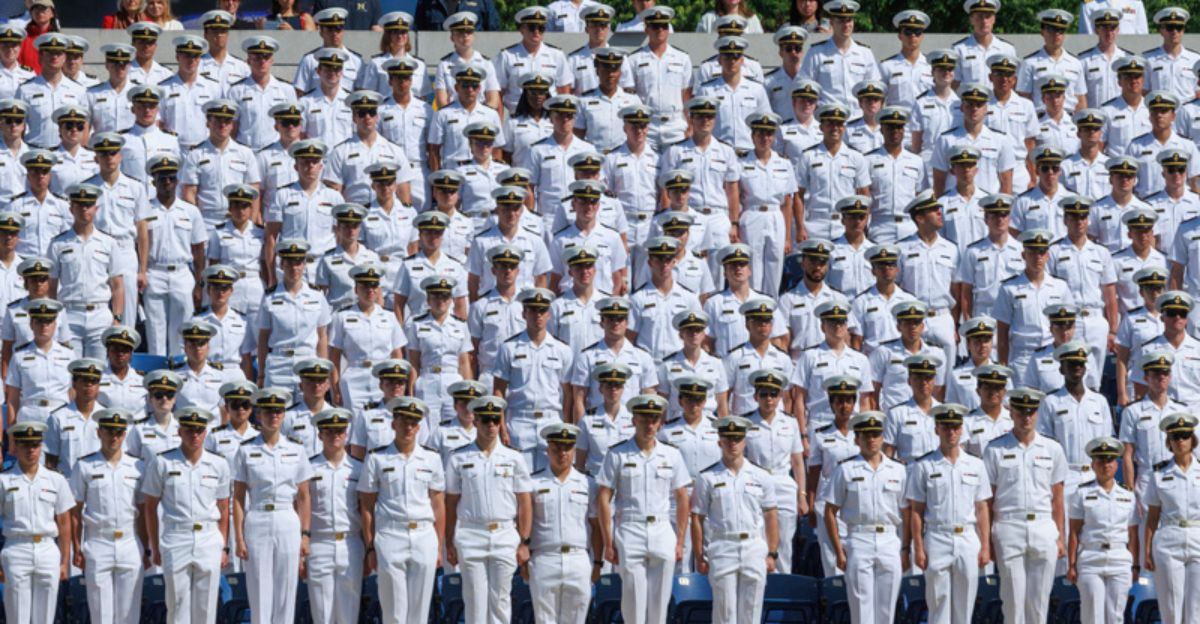
Naval Academy data show that about 1,000 midshipmen (cadets) graduate each spring, around a quarter going to the Marine Corps. Students must earn this option through strict fitness tests, leadership boards, and a four-week field course.
Task & Purpose reported that in 2024, more people applied for Marine spots than there were seats. Cadets say seeing a Marine leading the school could boost morale and offer clearer mentoring for future ground and air officers.
The Big Announcement

On Friday evening, July 18th, the Pentagon officially announced that Lt. Gen. Borgschulte was nominated to run the Naval Academy. According to Defense.gov, Navy Secretary John Phelan called this choice “a milestone that reflects the strength of our naval integration.”
Borgschulte has impressive credentials to back up this decision. He has piloted helicopters for over 3,800 hours, including 700 hours in combat zones like Iraq and Afghanistan. His Marine Corps biography shows he once commanded a major Marine air wing. If approved, he’ll officially break the 180-year tradition in the Navy.
Current Changes
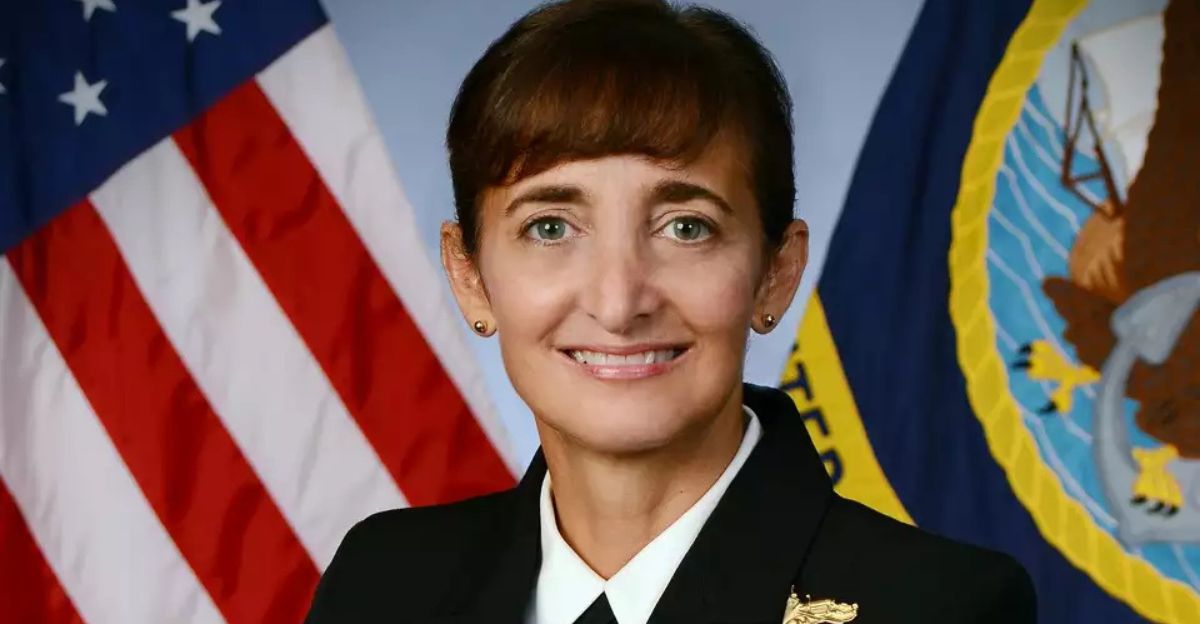
The current superintendent, Vice Adm. Yvette Davids, will leave after only 18 months instead of three years. USA Today says she’s moving to a new job at the Pentagon instead of retiring, and her position has changed to deputy chief of naval operations.
This means that Borgschulte will take over projects Davids started, like building a $650 million wall to protect the campus from flooding. Faculty and students are curious about what changes a Marine leader might bring to their daily routines and traditions.
Who He Is

According to Task & Purpose, Borgschulte is known as “Meat” from his flying days. He’s a career helicopter pilot who fought in major battles in Iraq and Afghanistan.
Even though he’s a Marine, he graduated from the Naval Academy, so he understands the school’s traditions, stamping out a lot of potential skepticism. Some faculty worry about maintaining Navy traditions, while others are excited about fresh leadership.
Bigger Picture

This appointment fits into a larger pattern of leadership changes. According to Stars and Stripes, Defense Secretary Hegseth has also replaced the Navy’s top officer and removed the first female Coast Guard leader since February.
Military.com reports that four “first female” military leaders have been moved from top positions this year. Pentagon officials say each change has its reasons, but they show a major reset of military leadership at the highest levels.
Working Together
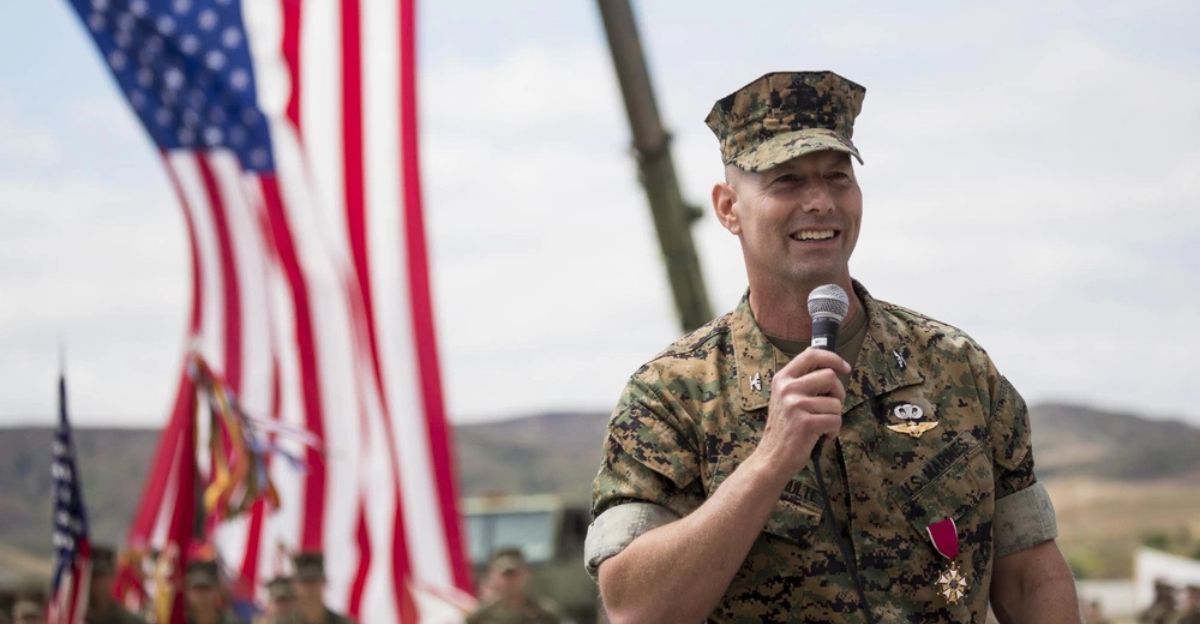
A Marine being appointed to a high-ranking role in the Navy is not unprecedented, given that Marines are already being integrated more with the Navy. According to USNI News, Marine units now sail with Navy ships in the Pacific Ocean, and Congress is considering creating a joint training center.
Breaking Defense reports that Marines have helped design new Navy boats and equipment through war games and testing. Borgschulte’s leadership could strengthen this teamwork by teaching future officers from both services to work together from the start.
The Future

Borgschulte’s position isn’t guaranteed yet, and the Senate will likely hold hearings about his nomination in September, according to Military.com. If approved, he could start his new job before winter break.
He’ll face challenges like attracting new students, protecting the campus from rising sea levels, and balancing Navy and Marine traditions. Will a Marine leader change beloved traditions or simply add new ones? Everyone from alumni to active military members will watch how this historic first works out.

